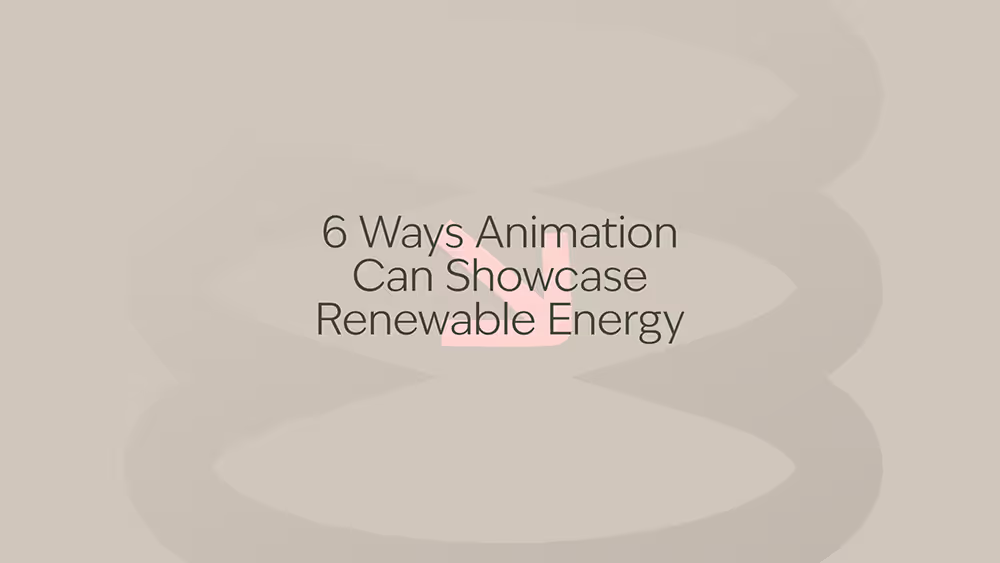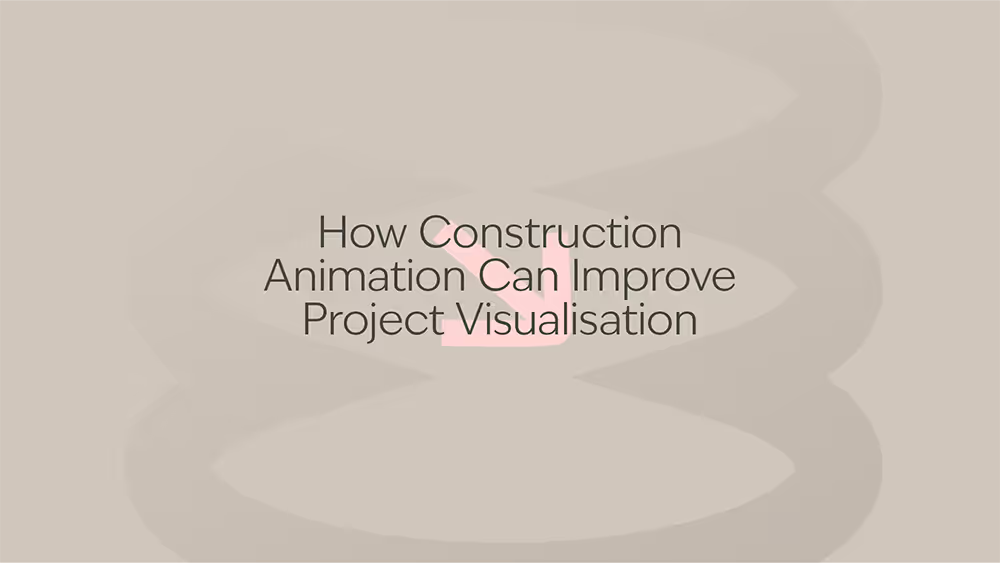6 Ways Animation Can Showcase Renewable Energy

In 2024, clean energy sources surpassed 40% of total electricity generation led by renewable energy sources like solar and wind power. And as the world rapidly moves away from fossil fuels, renewable energy technologies are becoming increasingly complex which means, communicating the benefits to the different audiences is a challenge.
Renewable energy animation is going to play a pivotal role in this landscape. By explaining just what the advanced technology does in an easy to understand and engaging way, animation can bridge the gap between innovators and stakeholders, accelerating adoption, education, and investment.
So, what is today’s blog about? It’s about how animation holds the key to explaining the transition to these technologies for many different audiences.
1. Simplifying Complex Technologies
Whether you see them on a house or in a field, do you really know what is going on with a solar panel? What about offshore wind turbines or even hydroelectric energy? But what if you could better understand it through engaging animations showing you generation, storage and distribution without requiring an engineering degree? That would make a huge difference when it comes to early adoption in communities.
Animation spares no time in breaking down complex technologies into easy to understand visuals. Think about solar for a second. Imagine showing how a photovoltaic cell transforms the energy of the sun into electricity and then into the power grid in a few simple steps. Whether you’re an investor or someone thinking about sticking one on your roof, what a difference that would make.
2. Making the Energy Transition Tangible
It’s still hard to comprehend just what is happening in the big energy transition and all of the new regulations that are coming into place as well as the social considerations. Animation can clearly plot the whole transition showing how older power plants phase out whilst new sources of energy like wind and solar are ramping up.
With renewable energy already accounting for over 42% of the UK’s electricity production, this storytelling becomes vital for transparency and engagement.
3. Enhancing Stakeholder Engagement and Trust
There are lots of stakeholders involved in the energy sector and they include shareholders, investors, regulators and local communities… each with a messaging that is going to be different from each other.
Research shows that about 80% of stakeholders are more likely to support renewable projects when they clearly see social responsibility and environmental impact visualised. What animation can do is tailor stories to each group, whether that’s a company’s ESG (Environmental, Social, Governance) achievements for investors, explaining regulatory compliance for policymakers, or illustrating community benefits for residents.
4. Supporting Education and Workforce Training
The transition to these new technologies also means that there are new things to learn for those in these industries. Like health and safety practices or even how to operate the new technologies coming to the coal-face. (No pun intended)
Animated training modules are going to play a big role in this, and studies have shown that animation is better for memory retention and reducing onboarding time compared to traditional manuals or static presentations.
A great example would be a health and safety animation that depicts a safe solar panel installation or a turbine maintenance.
5. Boosting Marketing and Public Awareness
You can’t use a camera to show just what is going on inside of a solar panel or how a wind turbine is generating mass electricity. But an animation can. This sort of detail is what can extend a marketing campaign and transform technical into captivating stories that resonate with the public.
Taking an animation explainer video you can demonstrate reductions in the carbon footprint, economic benefits and even wider climate change impacts.
6. Visualising Future Innovations and Impact
With dynamic and emerging technologies like hydrogen and tidal energy as well as next generation nuclear power, energy animation is a flexible way to preview and explain these innovations before the models or installations even exist!
Imagine using animation rather than some 2d or 3d sketch/model to spark enthusiasm and highlight leadership in a new sector.
Why the Focus on Animation Matters Now
Many renewable energy projects stall due to gaps in stakeholder understanding and skepticism. When you think that the world added over 700GW of renewable power capacity in 2024 alone, there is a reason to make communication better for stakeholders at every level.
Using animation to break down these understanding barriers and turning data into storytelling and narrative is essential. You can build community support, stakeholder engagement and push for a new wave of renewable energy.
Conclusion
This is more than just being a creative tool, renewable energy animation is a business imperative that strengthens communication, builds trust, and accelerates the transition to a sustainable energy future.
Engaging with diverse audiences and supporting education and fostering community acceptance is key to seeing the transformative impact of renewable energy.
For anyone working in renewable energy, embracing animation as a communication strategy is a smart step toward clarity, impact, and success.
More from the blog
Read our latest company news and industry insights.




